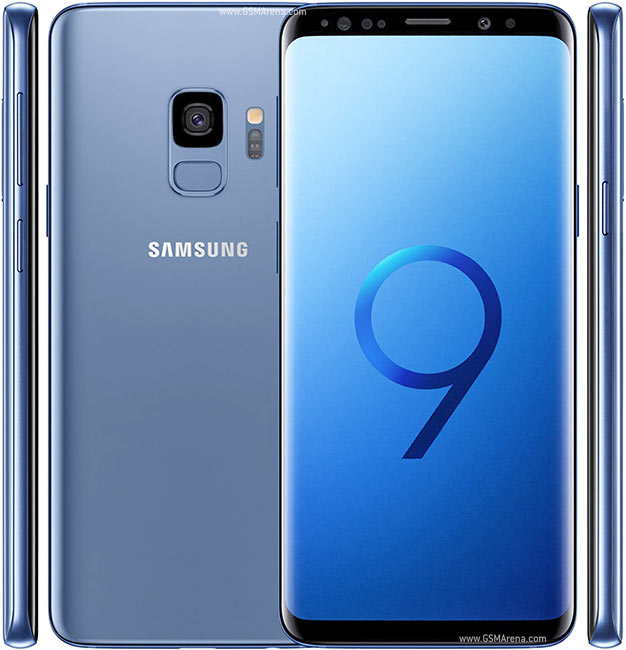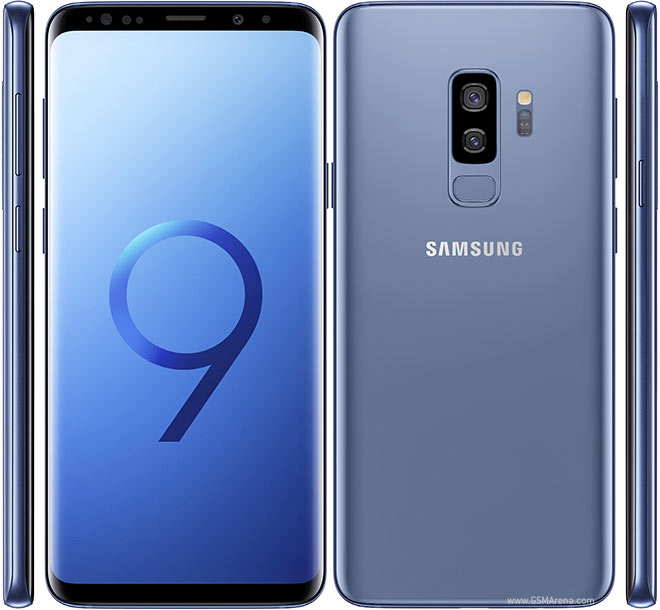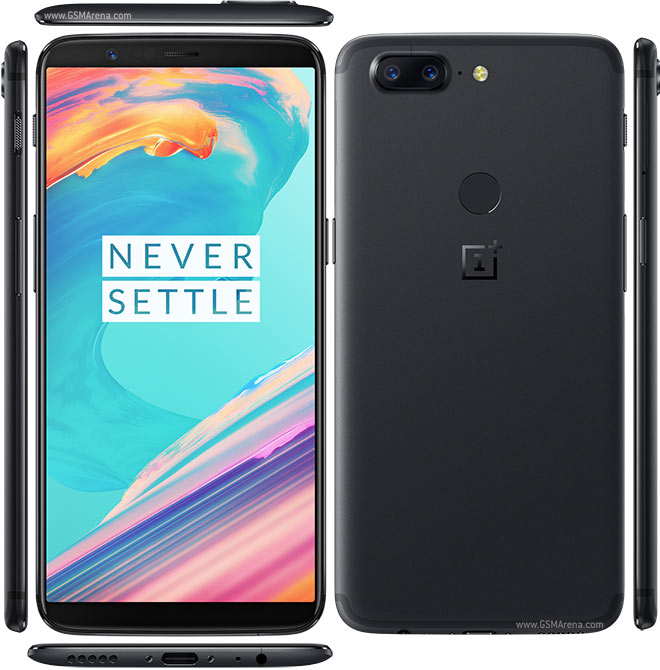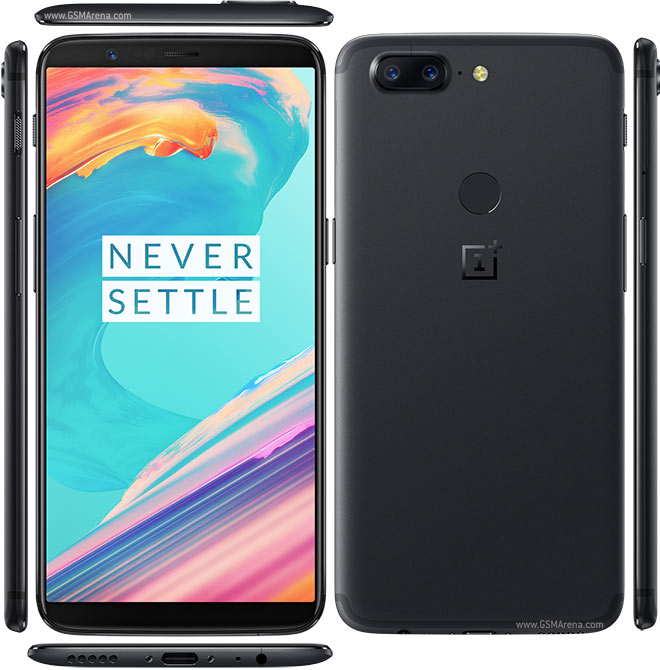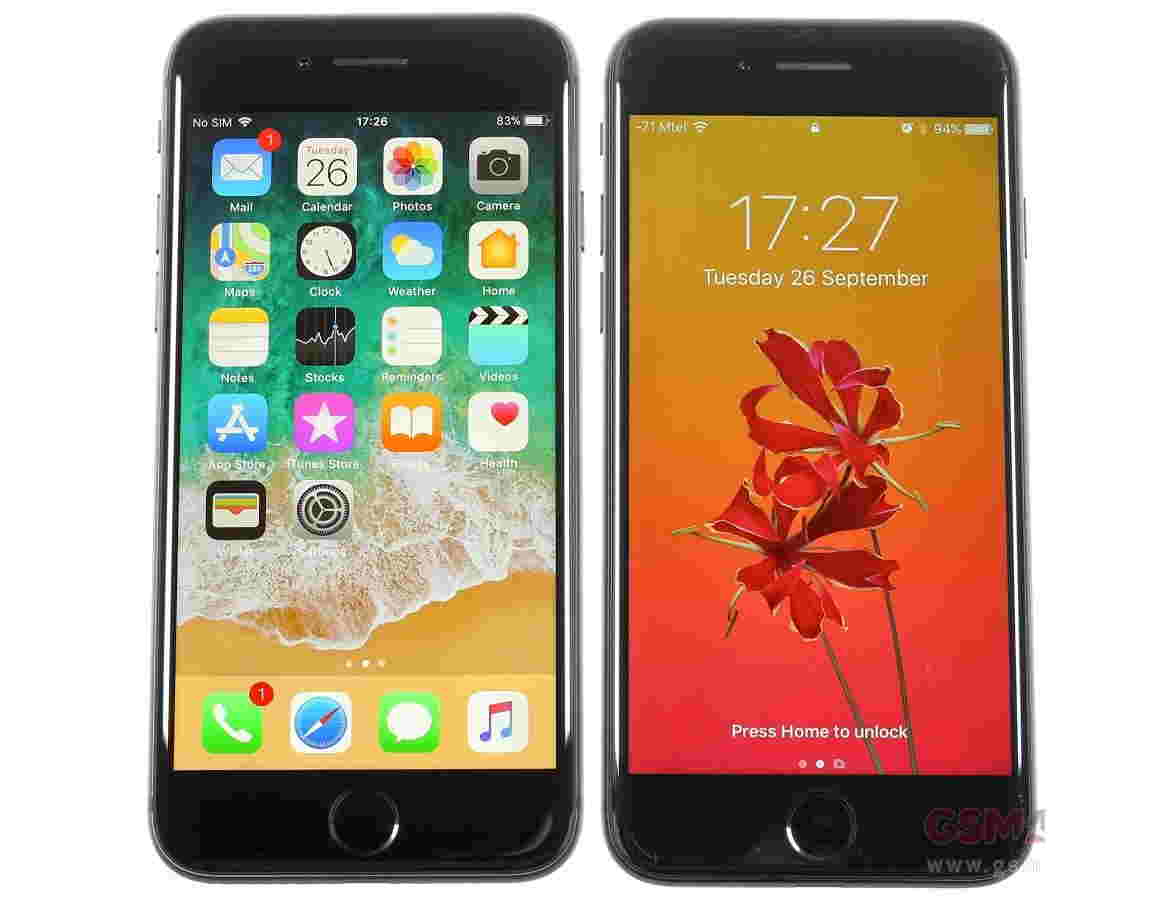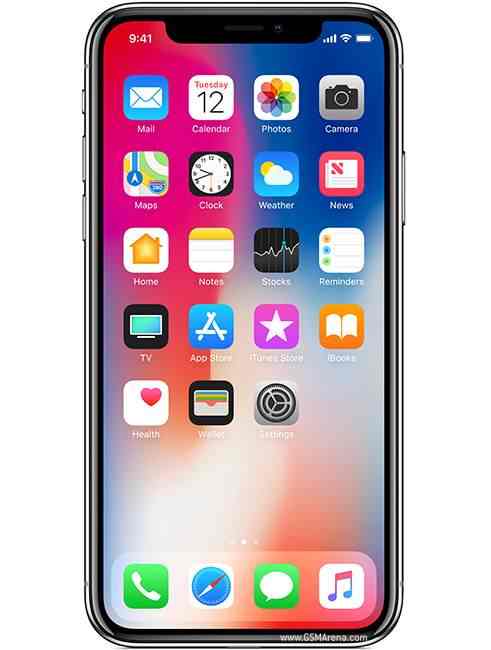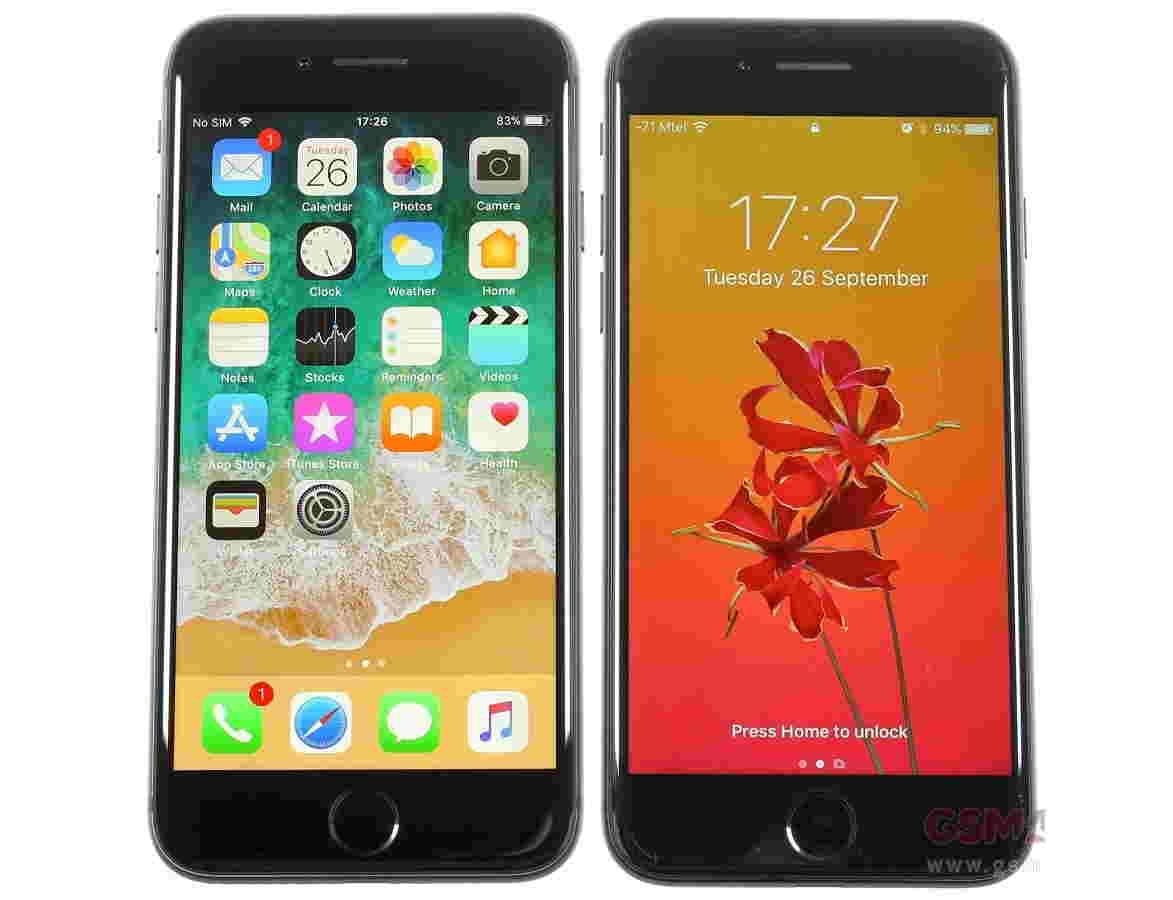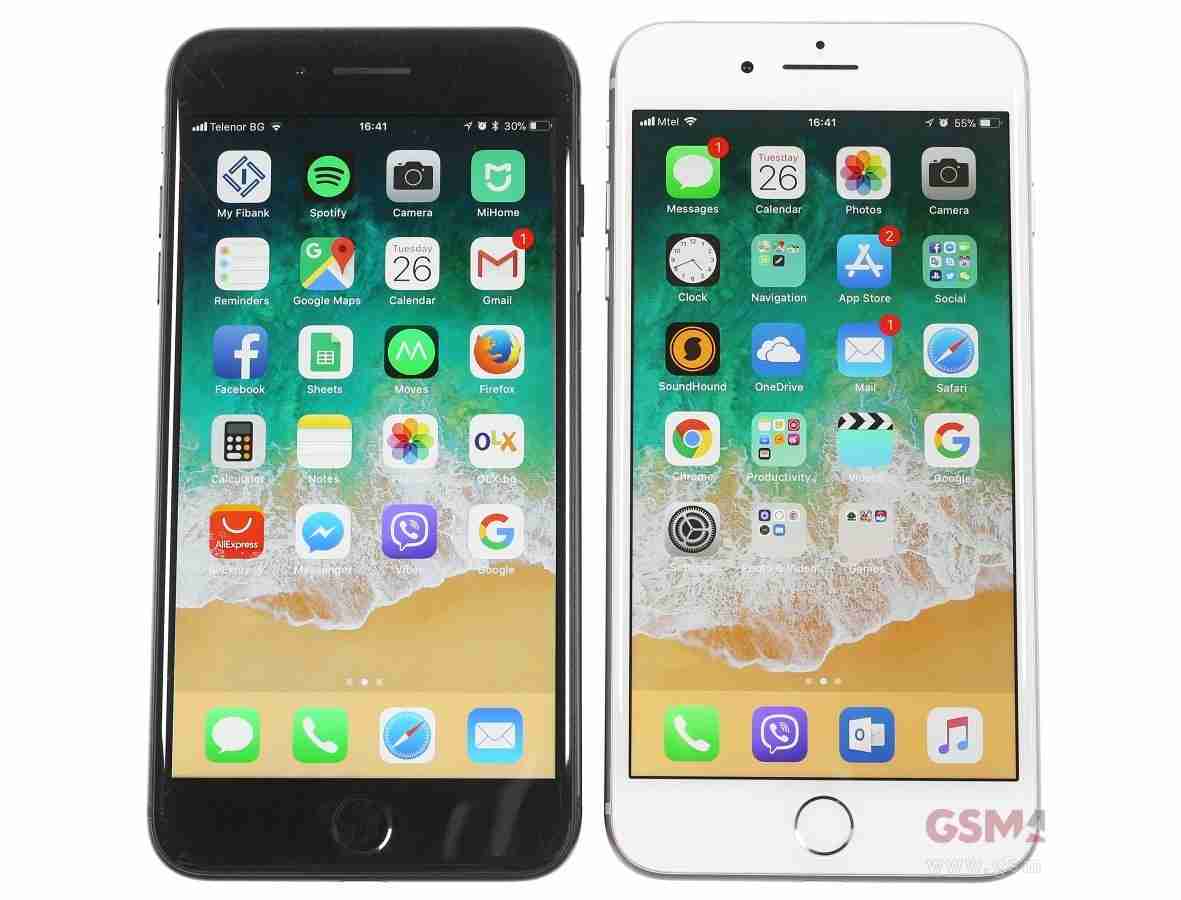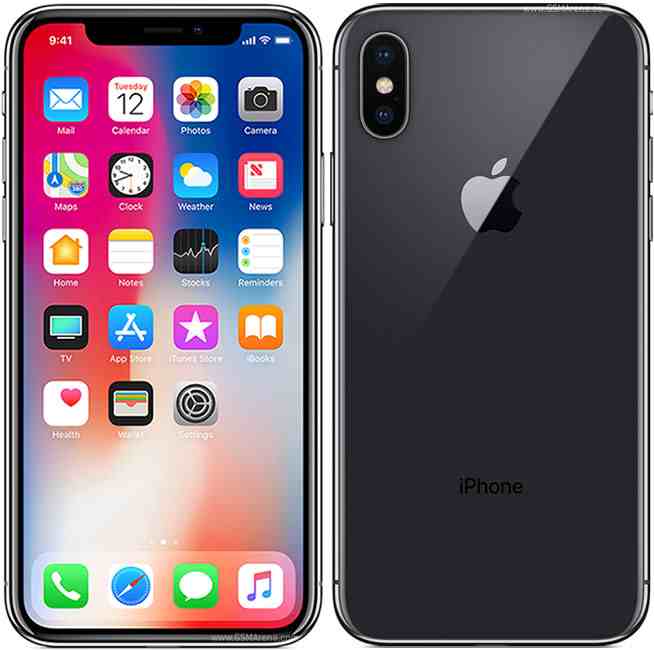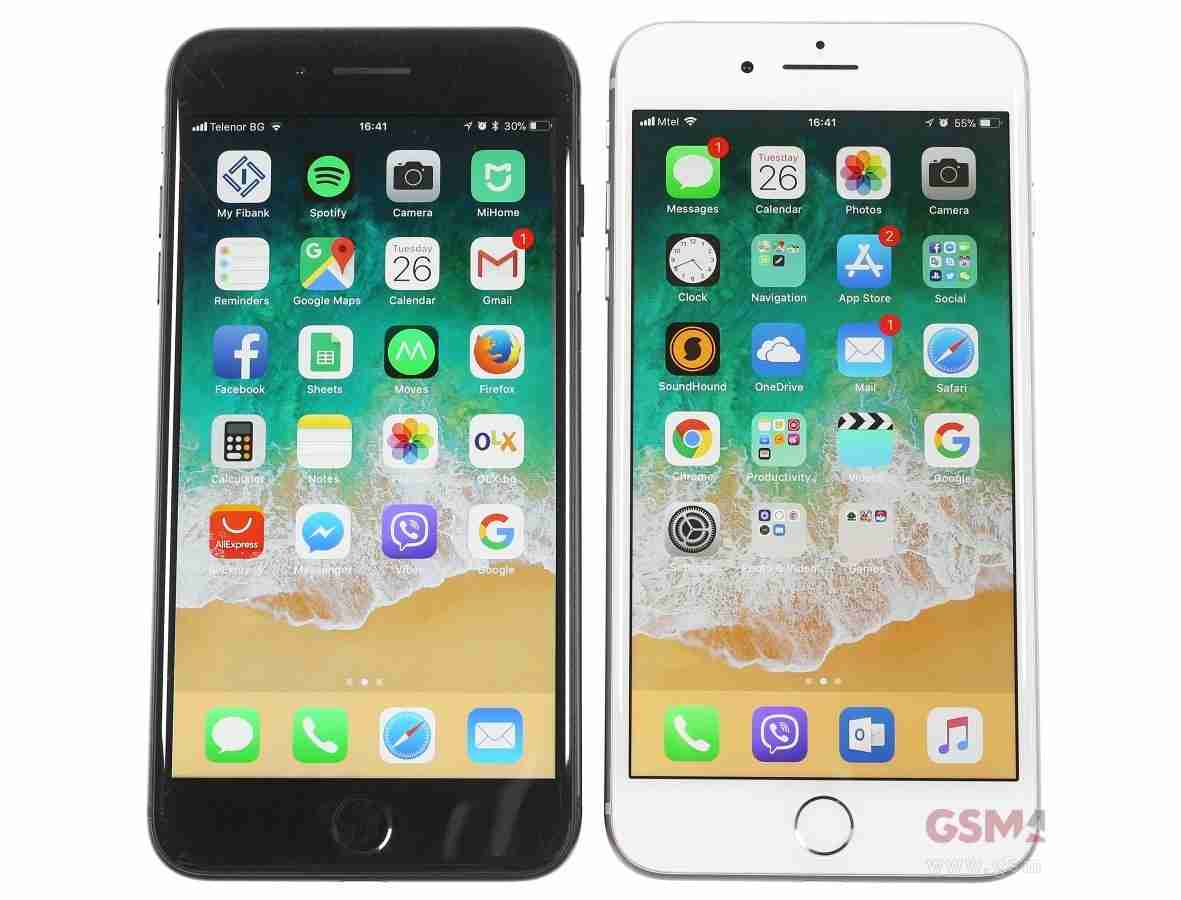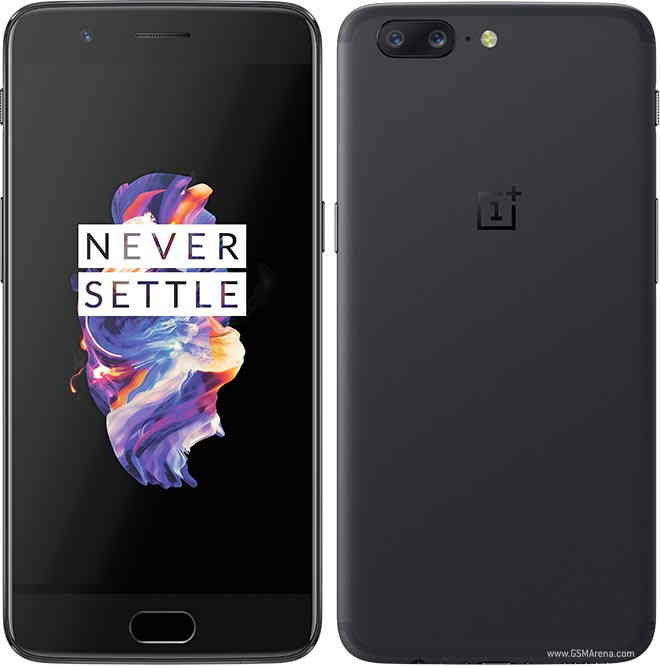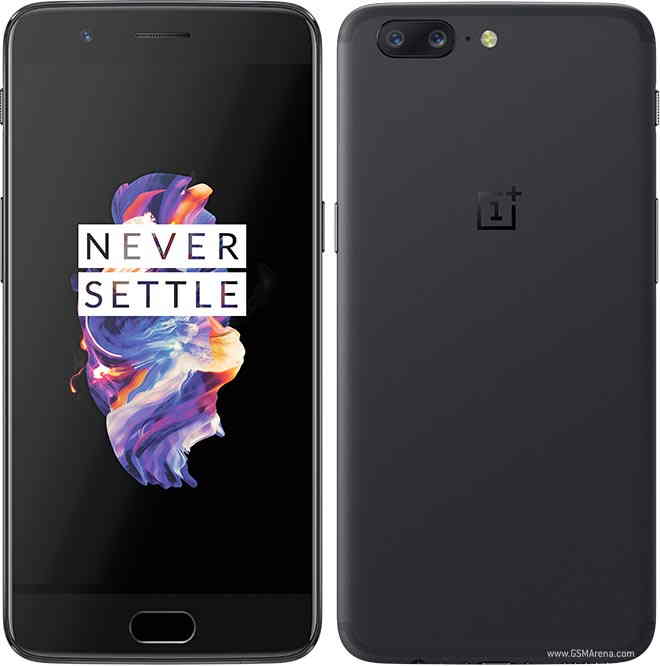
Tablets will outsell PCs and laptops in 2015, but what's in store for tablets in the coming year? We reveal all you need to know about new tablets in 2015. Also see: Best tablets 2014/2015; Best Android tablets 2014/2015; Best children's tablets 2014/2015; Best budget tablets 2014/2015 and Best 10in tablets 2014/2015.
Despite the rise of phablets, larger screens will still be going strong in2015. In the UK, tablets have beenoutselling laptops since the end of 2012and in 2015, more tablets will be sold than PCs and laptops combined, according todata from analyst firm IDC.
It’s not too surprising if you think about it. Although most of us still use a desktop PC or laptop for work, we’re more likely to pick up a tablet or smartphone for anything that isn’t work related, which is a lotof things. Also see: Which tablet should I buy? Tablet buying advice
But while tablets are great for web browsing, shopping, gaming, emails and lots more, they’re increasingly allowing us to get some ‘real’ work done. Documents, spreadsheets and presentations can all be created and edited on a tablet (see: Office for iPad, iPhone and Android - how to use Microsoft Office on your phone or tablet for free), but there’s still a long way to go before tablets are the go-to productivity device. They will also let you access corporate networks via a VPN. You can even print from a tablet given the right printer, so it’s only with specialised systems aren’t optimised for a touchscreen that you’ll have to resort to a PC.
Their flexibility is why tablets are replacing laptops for a lot of people. When an old laptop or PC breaks or becomes too slow, we’re more likely to buy a tablet than replace it with the latest equivalent.
Being always on, lightweight and with far better battery life than the majority of laptops, tablets make more sense these days, especially as they’re also cheaper than even a bargain basement laptop. (Also see: Best budget laptops 2014/2015.)
Will we see more tablets like the Surface Pro 3, though? Microsoft says it’s the first tablet that can replace your laptop, but Windows 8 doesn’t fare well against Android or iOS when used as a tablet. This is why software is arguably moreimportant than hardware.
And speaking of hardware, we’re not expecting any major technology changes in tablets over the next 12 months. Battery technology is still relatively stagnant, which means that apart from a rapid charging system on some Android tablets (which means they can charge to around a third orhalf within around 30 minutes), we’ll continue to see around 10- to 12 hours of usefrom the best tablets.
Display technology will also stand pretty still, with resolutions possibly creeping up slightly - some manufacturers will race to be the first to have a 4K 10in screen - but it’s highly unlikely there will be anything revolutionary. If you’re waiting for a roll-up tablet, it’s not going to happen in 2015.
The best we might see is a curved screen as we’ve already seen on a couple of smartphones, such as LG’s G Flex or the curved edge on Samsung’s Galaxy Note Edge. Currently, the technology used to makescreens touch-sensitive isn’t flexible, but a bigger issue is that neither are the other components such as the battery.
All the other components will get performance bumps: Wi-Fi will begin to standardise on 802.11ac, Bluetooth to 4.1, and cameras will have ever more megapixels, even if their sensor sizes remain the same.
As ever, Apple will launch new versions of the iPad toward the end of 2015. That’s relatively uninteresting, but what could be bignews is the rumoured iPad Pro. An iPad version of the Surface Pro 3 with a laptop-size screen and the ability to run more than one app onscreen at a time could be a game changer. It might be enoughto persuade execs to ditch their Windows Ultrabooks.




